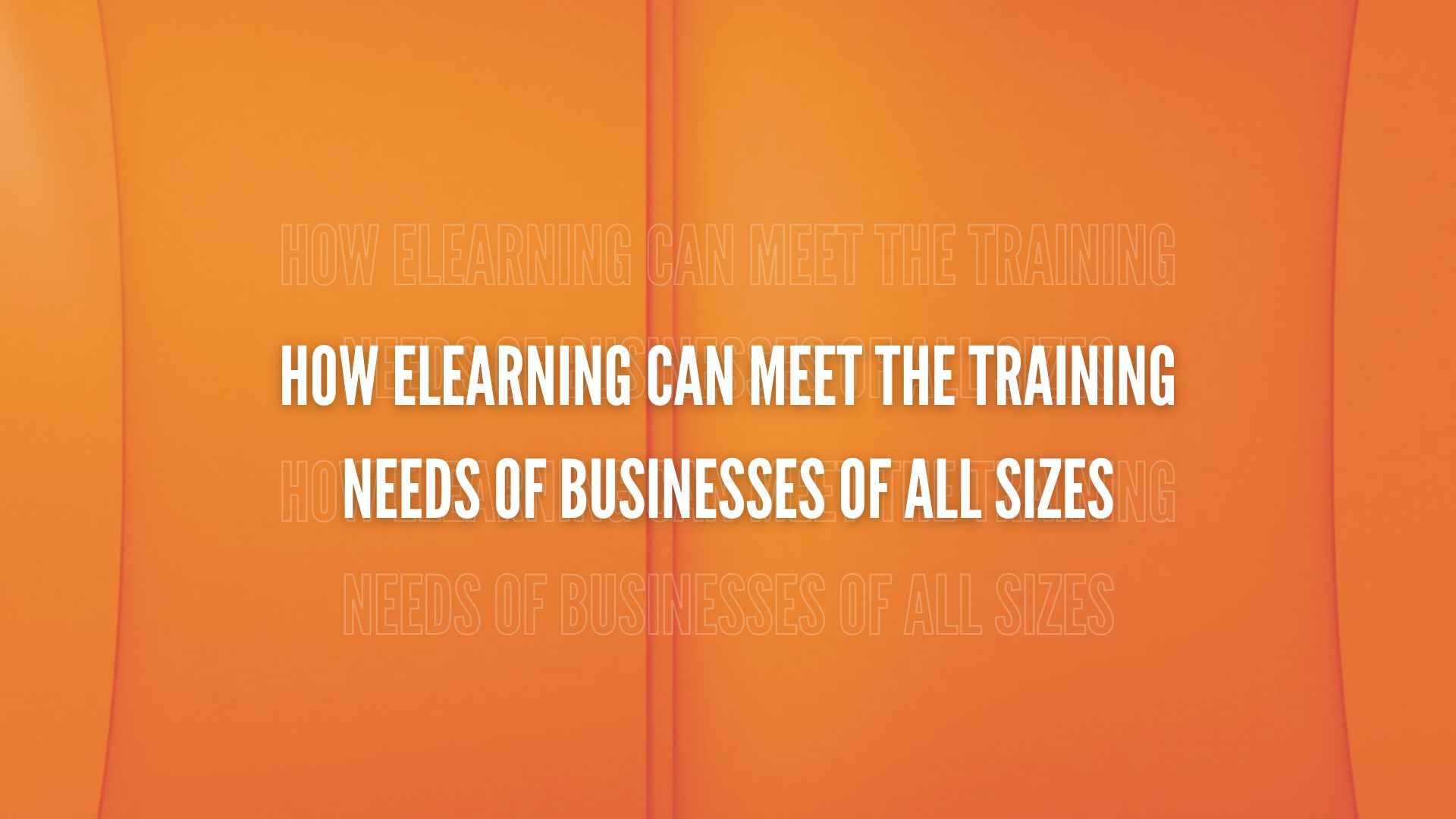
Accessibility in the workplace is critical. Employers must make eLearning accessible for all employees, in addition to creating physical workspaces that are accessible.
A contributor at eLearningIndustry.com stated, “An online course environment should not pose a barrier to learning, however with widespread adoption of online learning, many online courses are simply not accessible for people with disabilities.”1
Individuals with vision loss, hearing loss, and cognitive or learning impairments can find it difficult to interact with online learning that is not accessible. By implementing a few tips, administrators can create accessible eLearning that is useful to every staff member.
3 Quick Tips for Creating Accessible eLearning
Want to create online employee training that is accessible to your entire workforce? Here are a few ways to do this:
1. Use appropriate color combinations
Color blindness is a visual impairment that affects 1 in 12 men and 1 in 20 women. According to Color Matters, “A person with color-blindness has trouble seeing red, green, blue, or mixtures of these colors.”2
To accommodate those who are color blind, employers can use specific colors when creating online learning. For example, red-green color blindness is the most common type. This means those who are color blind see red and green as the same color. If your company’s brand allows for it, consider swapping out red and green for another color altogether. Educate your company’s L&D professionals about color blindness so they can create effective, accessible eLearning for all.
2. Make text adjustable
Another type of visual impairment that affects many employees is low vision. In fact, 1 in 28 Americans who are at least 40 years old have low vision, although this condition affects people of all ages.3
To create accessible eLearning for your employees with low vision, be sure to make the text you include in any online learning course adjustable. The simplest way to do this is by including a zoom-in/zoom-out tool that learners can use to make text easily readable. Breaking up text into shorter segments as opposed to large chunks may also be helpful. Subheadings also break up text for easy reading and better comprehension.
3. Include captions
Did you know that about 15 percent of Americans who are over 18 have hearing problems?4 This indicates that your company could have a significant number of employees who struggle to hear audio included in eLearning courses.
To help those who have trouble hearing fully grasp eLearning content, it is vital to include text captions. When your L&D team is writing an eLearning script, they should keep captions in mind. For example, they may want to keep sentences shorter and avoid multiple narrators to make captioning the course easier.
Companies That Prioritize Disability Inclusion Outperform Competitors
Making eLearning more accessible to staff is just one way companies can prioritize disability inclusion. This not only ensures that every worker has barrier-free learning experiences, but it also gives organizations a competitive advantage over others in their industry. Companies that excel at disability inclusion tend to outperform their peers.5 By taking steps to make online learning accessible, companies can deliver a great learner experience to each and every employee while getting ahead of the competition.
Interested in finding out how to make your eLearning more accessible with a corporate LMS and mobile learning? Contact TOPYX to request a personalized LMS demo today.
References:
1. https://elearningindustry.com/designing-accessible-elearning-6-tips
2. https://www.colormatters.com/color-and-vision/what-is-color-blindness
3. https://www.thevisioncouncil.org/sites/default/files/VC_LowVision_Report2015.pdf
4. https://www.nidcd.nih.gov/health/statistics/quick-statistics-hearing
5. https://www.themuse.com/advice/how-to-create-an-accessible-workplace






